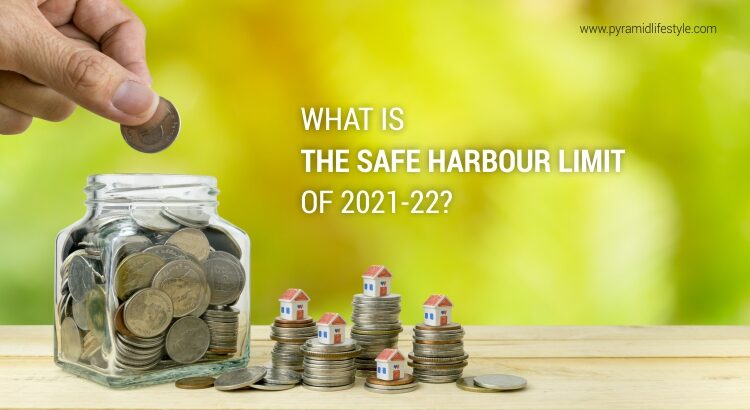We’ve all heard about the term – Safe Haven. But, how much do we know about Safe Harbour? The Safe Harbour rules refer to legal provisions to scale back or eliminate liability in certain situations as long as certain conditions are met. In other words, it refers to the situations under which the tax authorities shall accept the transfer price declared by the assessee and therefore the same shall be without any question or scrutiny.
The Origin
Safe Harbour Rules was initiated by the Central Board of Direct Taxes within the year 2009 which provides for instances during which a specific group of income taxpayers can follow a straightforward set of guidelines under which the transfer prices are directly accepted by the respective revenue authorities.
Businesses thrive as long as there are reliability and safe-harbour provisions that offer certitude to them. It is an allocation of the Income Tax Act that indicates from the perspective of Transfer Pricing regulations, if the assessee fulfils defined prerequisites, the Income Tax authorities shall accept the Transfer Pricing declared by the respective income taxpayer. Such safe harbour rules benefit assessee by allowing them to adopt a transfer pricing mark-up in the range prescribed, which would be acceptable to the Income Tax department with benefits of compliance relief, administrative simplicity and assurance and hence would avoid protracted legal actions.
Advantages of Safe harbour rules
Safe harbour rules have their own set of advantages for the income taxpayers as well as the respective revenue authorities:
- They have advanced information or knowledge about the range of profits or prices that qualify for safe harbour rules. This brings certainty to their day-to-day transactions.
- Removal of the possibility of legal action between the taxpayers and the respective revenue authorities
- Automatic approvals and self-assessment procedures
- Ease in compliance
- Minimizing the agreement cost
Current Safe Harbour Limits in Real-Estate
Section 43CA of the Act states that where the consideration received or accruing as a result of the transfer by an assessee of an asset (other than a capital asset), being land or building or both, is a smaller amount than the worth adopted or assessed or assessable by any authority of a government for the aim of payment of stamp tax in respect of such transfer which is also known as the circle rate, then the circle rate shall be taken as the full value of consideration for the purpose of determining profits and capital gains from the transfer of such assets.
However, in the case of difference between the circle rate and the actual sale consideration is less than 10% or equal to 10% of the actual sale consideration, then the amount receivable is often considered because of the full value of consideration.
The Finance Minister of India has announced that the percentage of 10% is proposed to be increased to 20% from 12th November, 2020 to 30th June, 2021 for only primary sale of residential units useful up to INR 2 crore. The main reason for the increment in the tolerable safe harbour limit from 10% to 20% is to improve the demand in the real-estate sector and has enabled the real-estate developers to liquidate their unsold properties.
At Pyramid Lifestyle, we believe that every investment you make in our project will offer you returns that exceed your expectations. With our projects located in the prominent locations at Pune, you can be rest assured that these architectural marvels are designed keeping in mind they translate to success over a considerable amount of time. If you wish to know more about our projects, visit www.pyramidlifestyle.com or mail us at sales@pyramidlifestyle.com and get to know more about every residential and the commercial property you can invest in.


